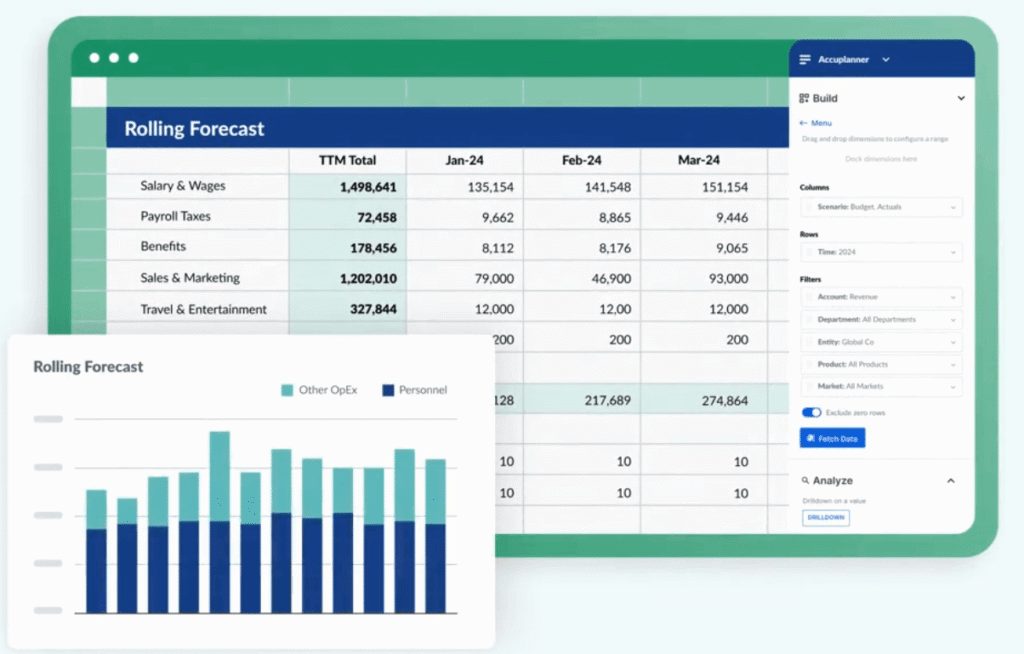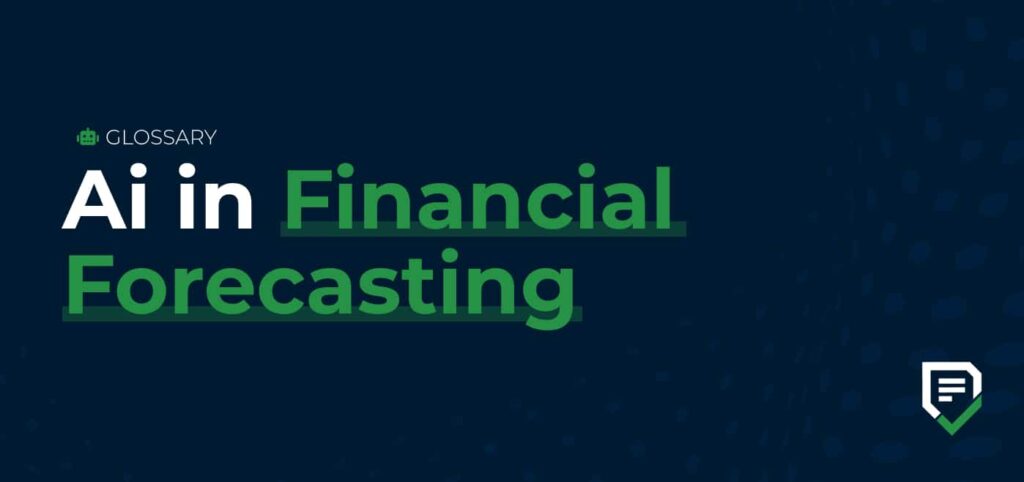For decades, financial planning meant pouring over spreadsheets—manually inputting data, tweaking formulas, and triple-checking numbers for errors. But in 2025, businesses are making a bold shift from spreadsheets to smart reports, thanks to artificial intelligence (AI). This transformation isn’t just about flashy dashboards—it’s about enhancing accuracy, saving time, and making real-time, data-driven decisions that improve outcomes.
Let’s explore how AI is revolutionizing financial planning and what that means for businesses of all sizes.
Introduction to the Shift in Financial Planning
Spreadsheets have been a staple of financial analysis and reporting for over 30 years. While powerful, they are inherently:
- Manual and time-consuming
- Error-prone
- Static and backward-looking
In contrast, AI-powered smart reports are dynamic, intelligent, and adaptive, offering insights that change as your data changes—without needing to update every cell by hand.
What Is AI in Financial Planning?
AI in financial planning involves using machine learning (ML), natural language processing (NLP), and automation to analyze financial data and produce insights.
These systems do more than organize information—they learn from patterns, predict future trends, and even offer recommendations to improve performance.
Core Technologies:
- Machine Learning: Learns from historical data to forecast outcomes
- Natural Language Processing: Translates numbers into human-friendly summaries
- RPA (Robotic Process Automation): Automates repetitive tasks like reconciliations and reporting
How AI Enhances Financial Planning
Here’s what AI brings to the table:
- Better Forecast Accuracy: Learns from past patterns and adapts over time
- Faster Scenario Modeling: Simulates multiple what-if conditions instantly
- Real-Time Reporting: Keeps decision-makers updated with live metrics
- Strategic Analysis: Focuses on insights rather than data gathering
Key Features of AI-Driven Smart Reports
| Feature | How It Helps |
|---|---|
| Visual Dashboards | Easily digest complex data via interactive charts and graphs |
| Automated Insights | Alerts for anomalies or unexpected performance |
| Natural Language Reports | AI-generated summaries in plain English for stakeholders |
| Predictive Forecasts | Projections based on trends and external data |
These features not only save time—they unlock deeper insights that help companies adapt faster.
Traditional Spreadsheets vs AI-Enhanced Platforms
| Aspect | Spreadsheets | AI-Driven Tools |
|---|---|---|
| Data Updates | Manual | Automated and real-time |
| Accuracy | High error risk | Machine-validated calculations |
| Collaboration | Difficult | Cloud-based, multi-user access |
| Forecasting | Basic, formula-based | Dynamic, learning models |
| Reporting | Static | Interactive and adaptive |
Use Cases of AI in Financial Planning
- Budgeting: Adjusts plans based on current spend and external trends
- Cash Flow Analysis: Predicts incoming/outgoing cash with high accuracy
- Investment Planning: Assesses ROI under different economic scenarios
- Cost Allocation: Suggests optimal distribution of resources
These capabilities shift finance from a reactive to a proactive strategic function.
Smart Forecasting with AI Tools
Modern AI platforms can run:
- Rolling forecasts
- Driver-based models
- Revenue simulations
For example, instead of a single sales forecast, AI tools offer multiple scenarios based on market volatility, seasonal shifts, and customer behavior.
Tools Powering the AI Financial Revolution
Here are some leading platforms driving smart reporting in 2025:
- Anaplan: Scenario modeling at scale for enterprise planning
- Planful: End-to-end planning with AI-powered forecasting
- Oracle Cloud EPM: Enterprise-grade with strong integration and automation
- Pigment: Modern UI with strong AI-backed scenario planning
- Vena Solutions: Combines Excel interface with AI automation
Each offers different strengths, but all aim to replace static spreadsheets with dynamic insights.
Real-Life Examples: Companies Leveraging AI
Mid-Size Business:
A retail company used AI to predict seasonal cash flow. It reduced emergency borrowing by 28% through better forecasts.
Global Enterprise:
A manufacturing firm automated its multi-region reporting. Monthly close time dropped from 10 days to 3 days.
Tech Startup:
A SaaS company used smart dashboards to model growth scenarios for Series B funding—impressing investors with clarity and control.
Role of Natural Language Processing (NLP)
One of the most powerful AI features in financial planning is NLP. Instead of decoding spreadsheets:
- CFOs get summaries in plain English
- Teams can ask, “What drove last month’s variance?” and get clear answers
- Reports are generated with storytelling, not just numbers
This bridges the gap between technical analysts and business leaders.
Benefits of Moving Beyond Spreadsheets
- Save Time: No more manual consolidation or report creation
- Improve Accuracy: AI catches anomalies and reduces human errors
- Boost Strategy: Focus on insights, not data wrangling
- Enhance Collaboration: Everyone works from a single source of truth
Overcoming Barriers to AI Adoption in Finance
Transitioning to AI doesn’t come without challenges:
- Data Quality: Garbage in = garbage out. Clean, structured data is key.
- Team Training: Finance professionals need to become tech-savvy
- System Integration: AI tools must sync with CRMs, ERPs, and legacy systems
- Change Management: Shifting mindsets from spreadsheets to smart systems takes time
Successful adoption depends on clear leadership, pilot projects, and cross-functional buy-in.
Future of AI in Financial Reporting and Planning
What’s next?
- AI CFO Assistants: Virtual finance bots offering advice
- Self-Updating Dashboards: Reports that refresh based on live data feeds
- Prescriptive Planning: Not just predicting the future, but recommending actions to shape it
The future of finance is predictive, adaptive, and automated.
Conclusion
In a world where agility and accuracy matter more than ever, staying tied to spreadsheets holds businesses back. Embracing AI in financial planning means moving toward smart reports that learn, adapt, and help you lead with insight.
The journey from spreadsheets to smart reports isn’t just an upgrade—it’s a transformation. And in 2025, the smartest businesses aren’t the ones with the most data—they’re the ones that use it best.


